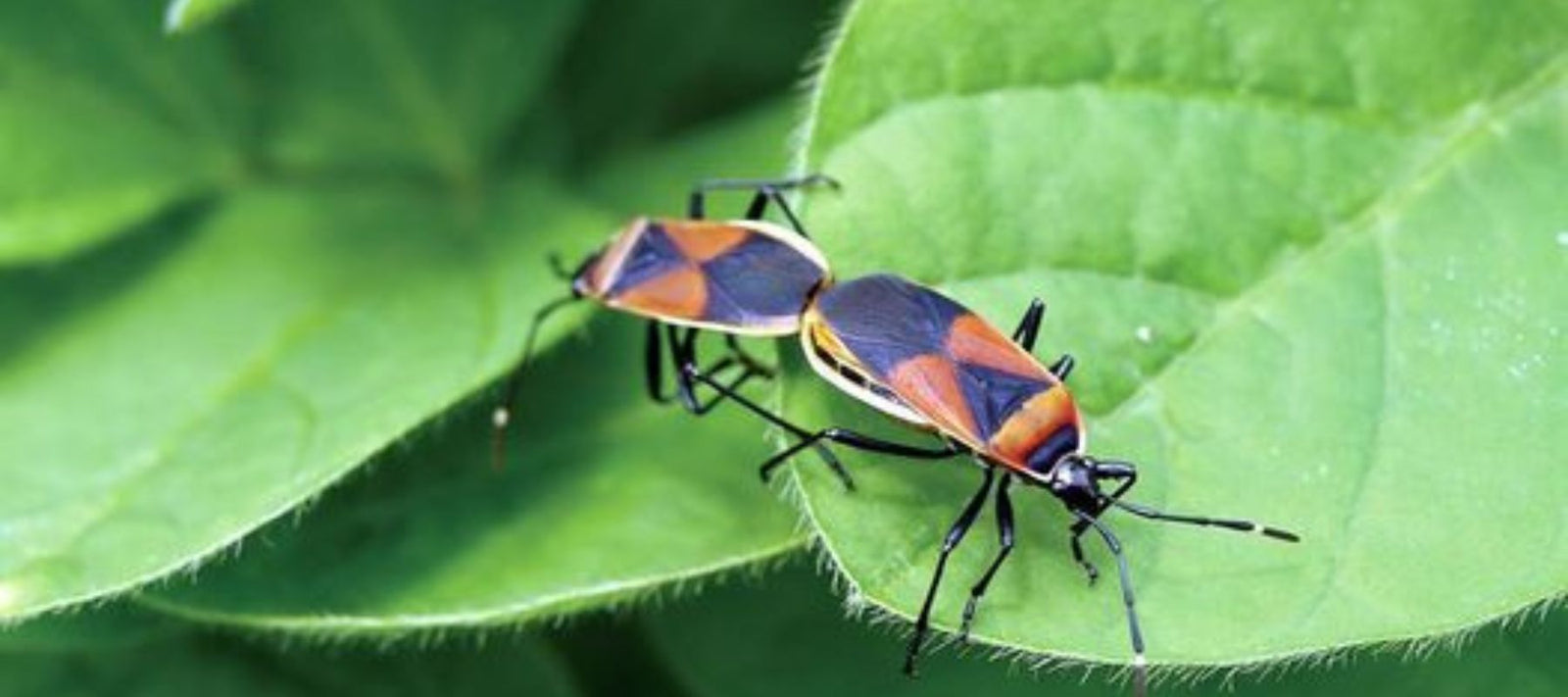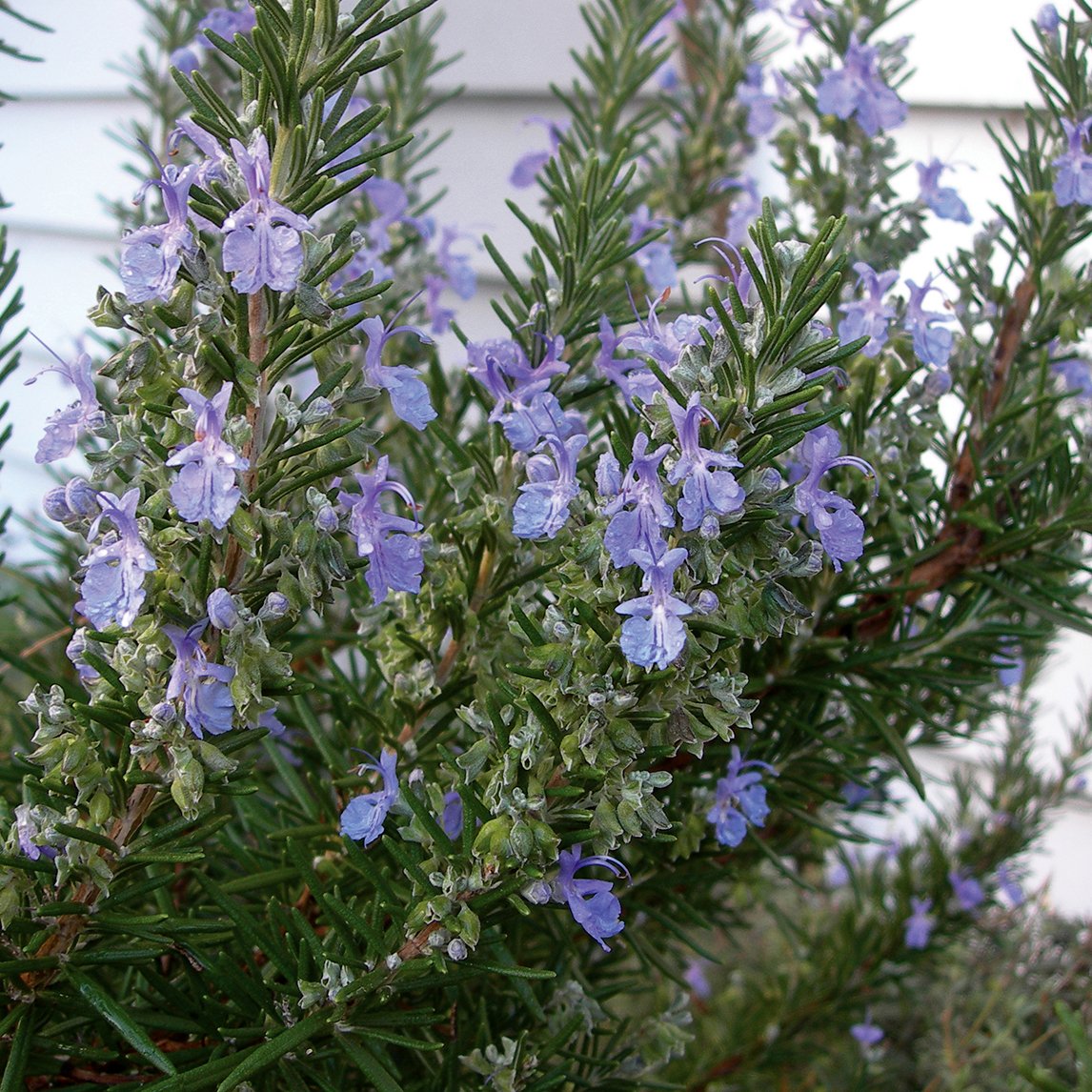
Harlequin bugs are pesky little critters and they’re running rampant in some of your gardens already this spring.
The adult bug is about 1cm in length and very easy to identify with it’s black and reddish-orange harlequin markings.
Like aphids, they are sap suckers and both the adults and nymphs cause damage.
What do Harlequin bugs eat?
They eat all parts of the plant including:
- stems
- leaves
- fruits and seeds
They like to feast on all members of the brassica family and also eat:
- tomatoes
- corn
- beans
- squash and tree fruits
How to identify Harlequin bugs are present
Inspect any plants that are wilting. Look for discoloured spots around a hole in your leaves.
Management should focus first on:
- garden hygiene
- remove Mallow
- Dock and Wireweed
Dock and Wireweed are favourites of this pest, and clean up sheltering sites such as timber stacks.
How to protect against Harlequin bugs
You can surround your brassicas with a boundary crop of strong-scented plants such as chamomile, celery, basil, garlic, mint, rosemary and sage, all of which help to mask with their strong odours, and confuse pests. Or plant a sacrificial crop of mustard, broccoli or kale away from your vegie patch.
Planting yarrow, caraway and fennel will attract parasitoid wasps into your garden, an effective agent against hard-shelled pests, as are guinea fowl and chooks if you leave them to forage (although they are likely to enjoy your veggies too, so a better option for the orchard!).
How to treat affected plants from Harlequin bugs?
A contact application of Neem oil can also help, and if numbers are really high, simply shake the bugs off the plant into a bucket of soapy water. A few plant clearing sessions will see the population decrease rapidly.






